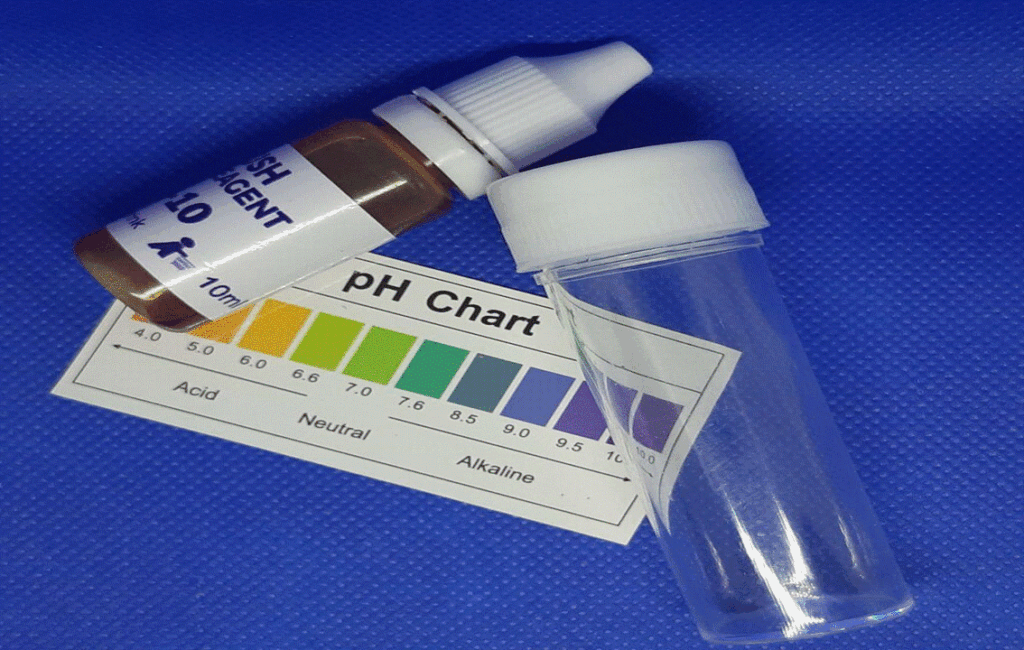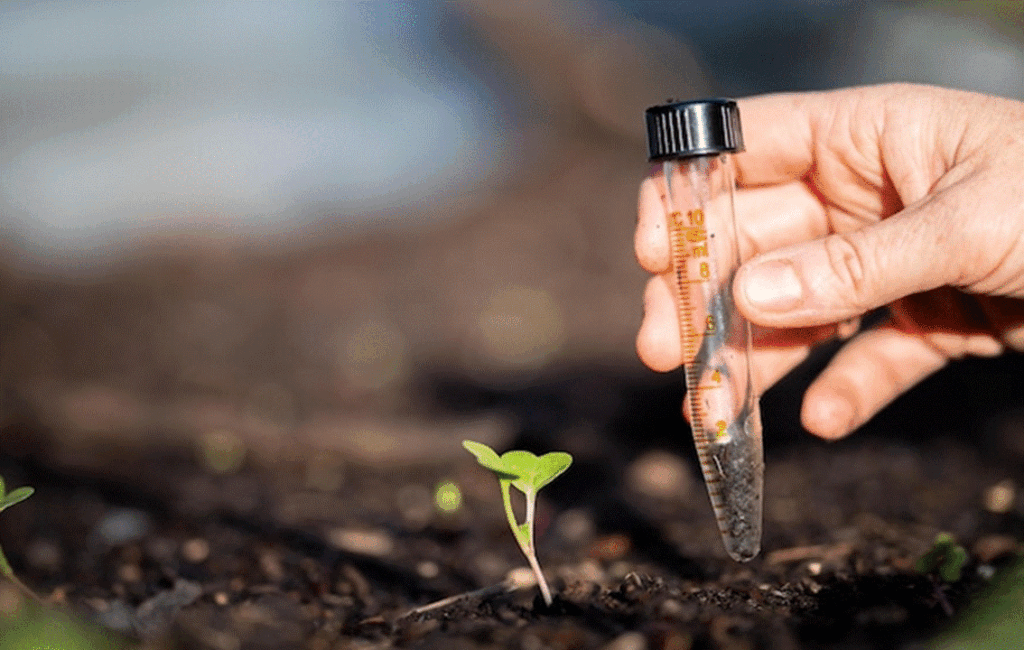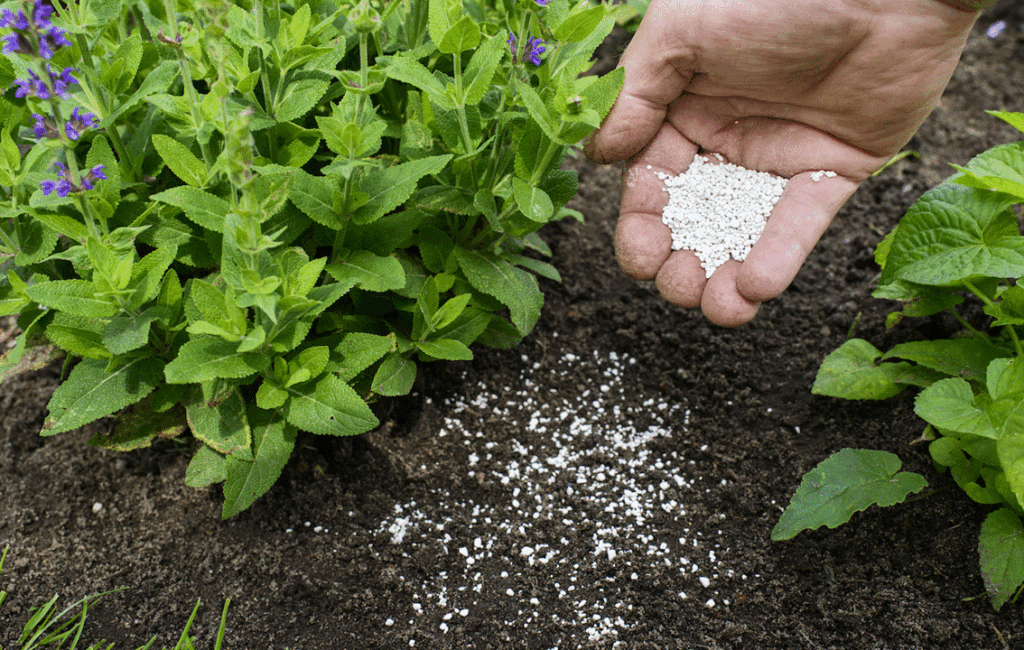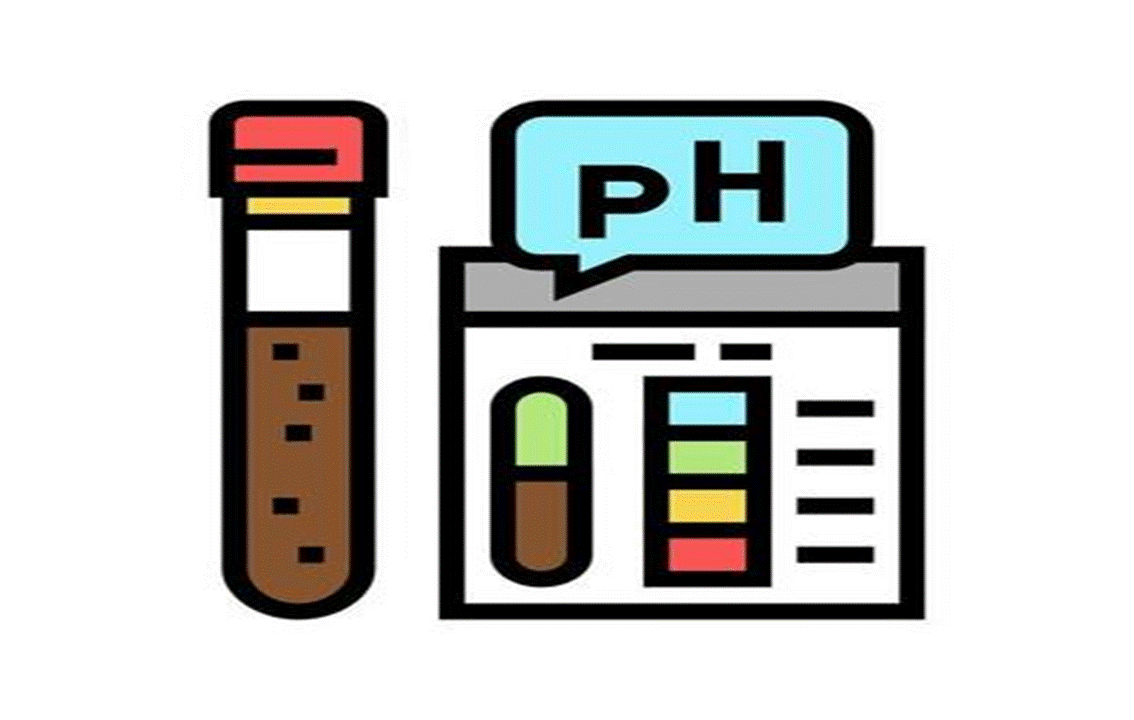BEST PRACTICE FOR SOIL TESTING
Soil integrity directly affects crop yield and quality, so it is a very important factor for any organic gardener to consider. Testing the soil’s pH levels is a straightforward process that easily identifies soil frailties and will indicate to the gardener what treatments are necessary, if any. It is also recommended to avoid using tap water when pH testing, as it may contain minerals that affect the test results. Soil pH ranges from 0.0, which represents acidic content, to 14.0, which represents alkaline content, with 7 being neutral. Ideal pH levels for most crops are typically between 6.0 and 7.0, but further adjustments may be required, depending on the plants.
Prepare soil for pH testing in the following way
Step 1: Prepare the soil for testing by collecting it a few inches below the surface using a clean tool to avoid organic debris.
Step 2: Take samples from different parts of the garden area at different times of the day and then mix them to get an accurate representation of the whole area.
Step 3: Remove any debris such as stones, roots, or leaves and then crumble to break up any clumps of soil.
Step 4: Mix 1 part soil with 1 part distilled water in a clean container, stirring thoroughly and then let it sit for a few minutes to settle.
Step 5: Repeat steps 1 to 4 several times to receive a reliable average pH reading for soil.
There are several relatively cheap, ready-to-go pH soil testing kits available for purchase, and they generally advocate three testing methods.
Method 1
Liquid Tests: Follow the kit instructions, which will usually involve adding a few drops of a colour indicator to the soil and water solution and then comparing the resulting colour against a pH scale.
Method 2
For pH Strips: Dip the strip into the soil and water solution and compare the resulting colour of the strip against the pH scale on the packaging.
Method 3
Digital pH Meters: Insert the probe into the mixture according to the manufacturer’s instructions and wait for the reading.
Raising or lowering pH levels
Raising pH levels: The addition of lime to soil raises pH levels and several pH tests should be conducted after this to create a new average reading of the soil.
Raising pH levels: The addition of sulphur to soil lowers pH levels and several pH tests should be conducted after this to create a new average reading of the soil.









